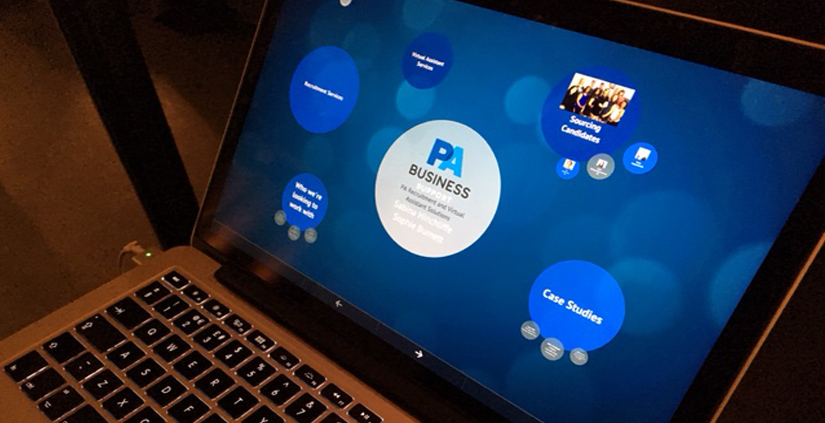Sustainability. Most people assume it’s just for big multi-national companies. However, with SMEs now responsible for nearly half of the UK’s private business, prioritising ethics over profits should be a fundamental foundation for good commercial strategy. Not only will it make your clients and customers happy, but do it right and it’ll make the accountants happy too.
So, where to start if you’ve not even thought about it, and where to go if you’ve stumbled in setting it up?
STEP 1 – Clean your supply chain
Look at where your best opportunity for real improvement is. What makes the business money? What are its spending habits? The easiest way to make the biggest impact is by looking at core business areas. For example: suppliers (and packaging if you’re a retail business) is one of the biggest areas where sustainability efforts can produce the longest-lasting results.
A sustainable supply chain is something that requires continuous optimisation, allowing you to fully practice climate protection and responsibility on a daily basis. Consider the green credentials of your partners, vendors and suppliers. Are they offsetting their carbon footprint? Do they have any stamps or certificates of approval from organisations that protect the wider environment e.g. health, water supply, forests, other resources?
STEP 2 – Change your culture
Getting staff to turn off lights, computers and heating shouldn’t be just about saving money. It’s part of an education process that instils a “sense of green”. Responsibility and accountability for sustainable practices needs to be a part of every employee’s modus operandi. You can go a step further and actually incentivise eco-friendliness – for example, by providing a small cash bonus, vouchers, or a free lunch to any individuals who meet a recycling quota. Or, create efficiency goals and make it fun by celebrating your success as a team. Make it inclusive: get ideas and input from your employees – this will ensure that they embrace the new goals.
STEP 3 – Change your lighting
Often the first and most easily implemented step, changing your light bulbs is what we could refer to in this case as the ‘quick win’. Energy-efficient lightbulbs (LEDs, CFLs, etc.) may initially seem expensive but they last significantly longer and use much less energy (wattage). You may need to get some new electrical fittings, but the long term benefit is worth it. And don’t think energy-efficient means cold blue light – you can get all sorts of colour temperatures even replicating what you currently have.
STEP 4 – Think about recycling more holistically
Recycling isn’t just about adding another bin to your office. This helps, but a more holistic approach would include things such as: using rechargeable batteries instead of disposable ones to reduce the amount you throw away in the first place; purchasing recyclable supplies from the outset, i.e. paper, ink but also kitchen cutlery and containers; offsetting recycling costs by selling excess material to other businesses, friends, family, anyone that could use them; teaming up with nearby businesses to help form an efficient recycling process in your area; and many more.
STEP 5 – Keep communicating your mission
Whether it’s in your newsletter, on your website, in your email signature or on the toilet wall, making your mission for sustainability clear and visible will pay dividends in terms of keeping it front of mind for everyone. Getting it right means making it an inherent part of the brand (so yes, put it in your email signature as well!). The important thing here is to provide guidance; where space is limited a simple reminder on what areas you are trying to make sustainable will suffice. For employees, providing a centralised document with detailed instructions is also a good idea – then you can link to it whenever you can, and provide it as part of new staff inductions.
There are many other ways to turn your office green and bring sustainability to the forefront of your brand. Some require considerable logistics and investment, or may simply not be practical (hydro power, anyone?), but following the steps above will give you some quick wins and start you on the right path. Remember, it’s important to take a holistic approach, meaning that from the outset you need to consider it a strategy, and how it will be implemented, upheld and communicated across the business.




